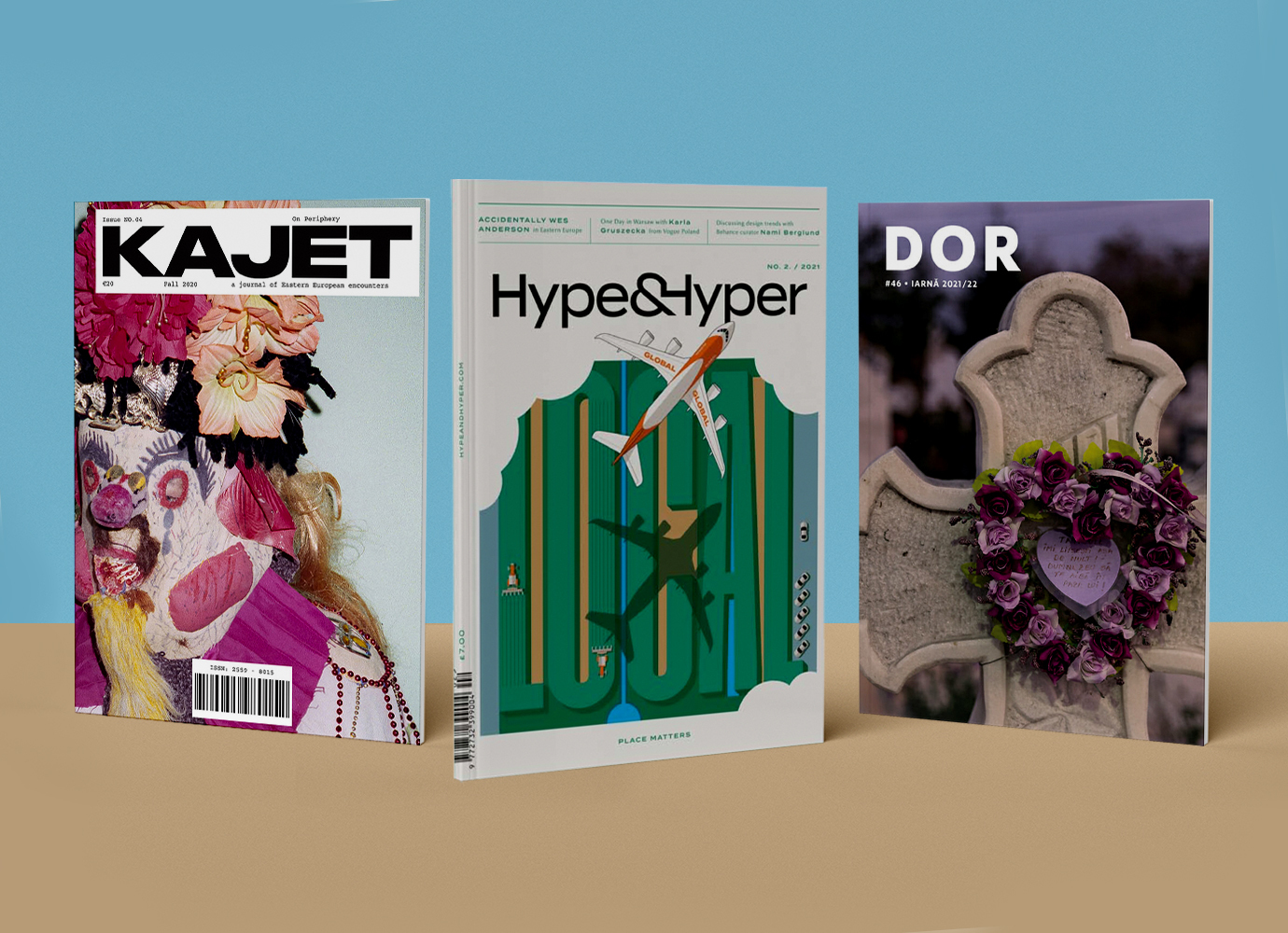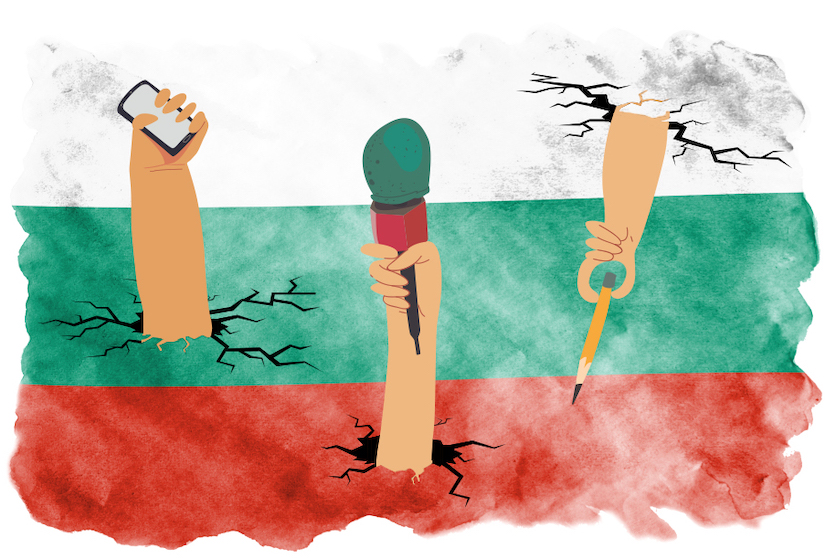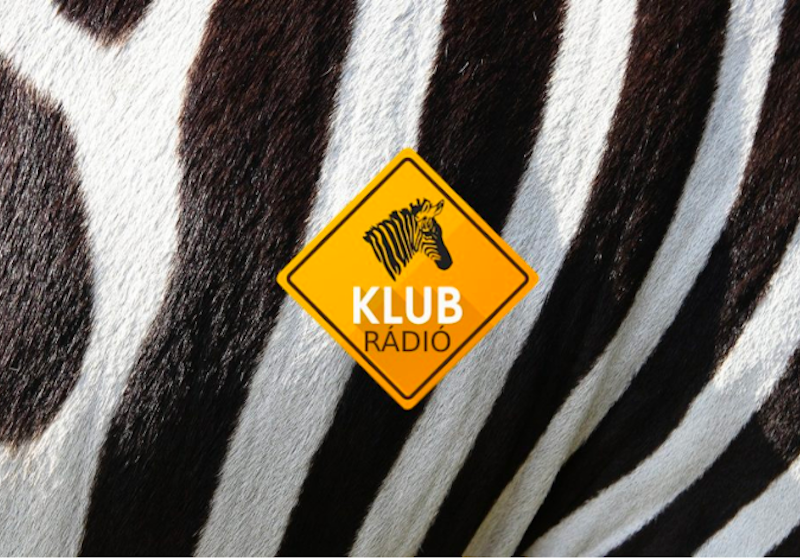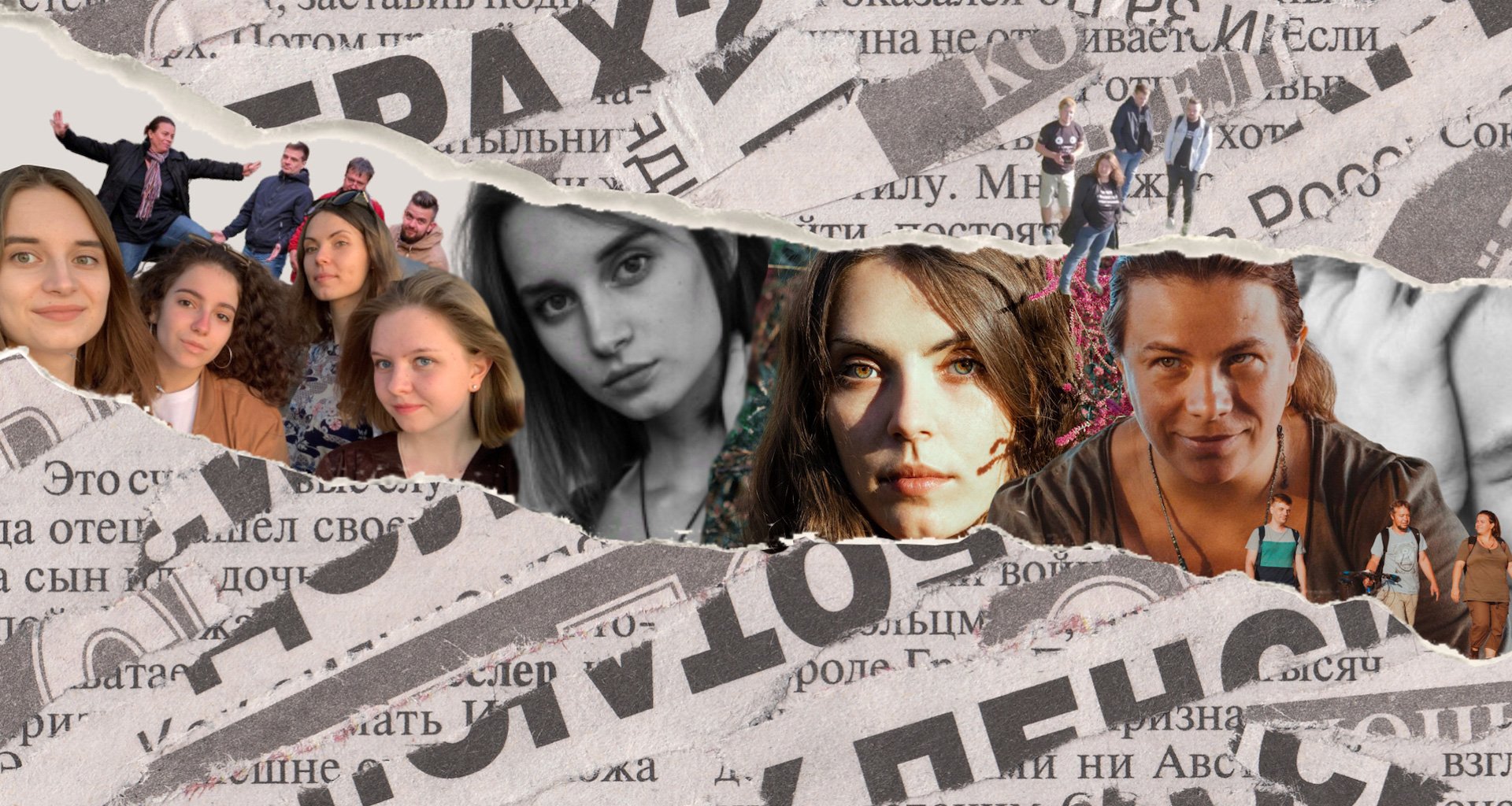Must-read media: 10 of the best English-language magazines from across Eastern Europe and Central Asia

By the start of February, most New Year resolutions have already been consigned to the sweaty gym bag of regret. But if you’re still hoping to expand your horizons in 2022, then you can’t do much better than subscribing to some of the top-quality journalism produced by teams across Eastern Europe and Central Asia.
Here at The Calvert Journal, we’ve picked just 10 of our favourite outlets that deserve a spot on your newsfeed — all producing quality content in English.
Kosovo 2.0 places people at the centre of its work, putting individual experiences and struggles into a wider political, economic, and cultural context. In doing so, they create insightful and informed debate in Kosovo and the Balkans, raising the bar of quality journalism.
“Initially, the idea [behind Kosovo 2.0] was to create a new type of journalistic platform in Kosovo and the broader region, one that rejects the tabloidisation of important issues,” says Kosovo 2.0 co-founder and editor-in-chief, Besa Luci. “Kosovo 2.0 is committed to explanatory, contextual, and narrative journalism, where storytelling is not just about documenting the world around us, but also contributing to its reimagining. We’ve always tried to highlight and give in-depth treatments to marginalised stories and communities.”
Alongside their long form features — available in English, Albanian, and Bosnian-Croatian-Montenegrin-Serbian (BCMS) — Kosovo 2.0 also produce events and podcasts.
Chaikhana.media is a multimedia platform, publishing videos, essays, audio, and photo stories from across Armenia, Georgia, and Azerbaijan. In doing so, they take an in-depth look at the modern issues that unite a region still marked by closed borders and lingering conflict: community ties, increasing economic and digital divides, the rocky path from youth to adulthood.
“Chaikhana.media is a platform for stories that elevate the lives, hopes, and struggles of underrepresented communities; the stories that highlight what people in all three countries of the South Caucasus — and everywhere else — have in common,” says senior editor, Molly Corso. The team hopes that the stories they publish can influence local communities to tell their own stories, and journalists to look beyond stereotypes and the 24-hour news cycles. “[We want people to] see their lives as stories worth telling, and to gain hope from the knowledge that people care about their struggles and accomplishments,” says Corso.
Kloop.kg is a cornerstone of Central Asia’s independent media scene, producing piercing reporting that covers both the political heavyweights who shape the region, and the social trends that mould citizens’ day-to-day lives.
Their main offering is in Russian, alongside versions in Uzbek and Kyrgyz. Select articles are also released in English, including their flagship investigations on discrimination within the Kyrgyzstani government, land stolen from a rehabilitation centre for disabled children in Osh, and donated Covid-19 supplies that failed to reach hospitals.
Glossy and aspirational, The Steppe blends fashion, entertainment, and lifestyle news with reports on youth businesses trends and social movements. “Back in 2016, we only had very traditional newsrooms,” founder Zaure Rozmat told The Calvert Journal. “There was nothing to cater for lifestyle, and I didn’t want to read the tabloids.”
Published in Russian and Kazakh, The Steppe’s English-language offering translates a selection of the outlet’s interviews and features, as well as articles on Kazakhstani customs that are specifically aimed at a foreign audience.
The magazine’s key strength is that it champions a young cohort of artists and entrepreneurs who want to make their mark, promoting a new generation of voices.
“The creative industry in Kazakhstan is booming,” says Rozmat. “We have these talented, creative people. They want to make something.”
If you want to know more, then also make sure you check out our longer interview with founder Zaure Rozmat here.
Hype&Hyper spotlights the best of urban living, design, and the creative industries in Central and Eastern Europe. The project is the brainchild of the Budapest creative agency of the same name, and the magazine itself has existed since 2012. A 2021 rebrand has seen the outlet reinvented with a vibrant colour scheme and new-retro typography. A print version has been launched alongside the online magazine, showcasing a veritable who’s who of the region’s creative scene.
By delving deep into workings of Central and Eastern Europe’s creative infrastructure, Hype&Hyper is able to offer both its own focused, in-depth takes on what makes these new and blossoming industries tick. In the same way, Hype&Hyper is able to celebrate both what connects the region, as well as its differences and diversity.
Bulgarian outlet Quotes Mag is a tribute to slow journalism. Published in English and Bulgarian, it brings together conversations with people from across the creative spectrum, gathering their opinions and insights on an ever-changing world.
Quotes Mag’s interviewees are not necessarily united by art, or even creativity in a traditional sense. While some articles delve into art and music, others dive into different ways to leave a mark on the world, preserving monuments, exploring alternative education, investing in an organic farm. Their stories are not only inspiring but also attainable.
Ultimately, Quotes Mag’s work is not simply about amplifying those people who already have a voice, but celebrating the people whose work quietly pushes the world forward.
Romanian arts and culture zine Kajet was founded back in January 2018 as a launchpad to fight against Western xenophobia.
Today, Kajet unites artists and academics by combining essays and “scholarly interests” with poems, photo essays, collages, travel diaries, and interviews. It seeks to actively challenge its readers, not only through its whirring, bombastic design, but by supporting unashamedly specialist in-depth arts criticism. All of this, carried forth by a chorus of voices both from the region and the diaspora, captures an Eastern Europe that cannot be neatly reduced to a single box. Kajet’s fourth issue, “On Periphery”, explores the idea that there is not one world, one history, or one future, but rather many disparate worlds that are being lived at different speeds, while its latest offering focuses on Eastern futurism.
“Eastern Europe is more than just itinerant gloom, more than a sheer pile of debris hanging around and awaiting reconstruction,” the team told The Calvert Journal just before their launch. “Especially in the current turbulent socio-political climate that has led to an upsurge of xenophobia, bigotry, and ultranationalism, the mere act of getting together — of maintaining a state of togetherness regardless of ethnic, racial, cultural, social, class differences — needs to be more critically investigated.”
Literary magazine Apofenie was founded in 2017 in the style of The New Yorker and The Paris Review — albeit one that adheres more to the realities of the online era. “The first issue was thrown together with work from my friends and acquaintances, but it really shaped the message of the magazine, that is, to promote underrepresented voices in the English-language sphere,” says co-founder, Kate Tsurkan. “The standout piece of the first issue was a testimony from my friend Olga, a native of Crimea, about what it felt like to participate in the Revolution of Dignity, only to see her beloved Crimea annexed by Russia soon after. I felt compelled to publish more Ukrainian voices, and thankfully, I knew a few young authors in Chernivtsi.”
Apofenie has since gone on to publish authors writing in Czech, Hungarian, Slovenian, Russian, cementing its reputation as a journal of Central and Eastern European literature in translation. But while the region does provide the heart and soul of the magazine, says Tsurkan, the team has their gaze fixed on broader horizons. “We don’t publish only authors from Eastern Europe, as we want to publish them alongside other authors to show that they have as worthy a place in world literature as any other,” she says.
Available in English, Russian, and soon to be published in Arabic, EastEast magazine spotlights Islamic culture and its influence across the Caucasus, Central Asia, and the Middle East.
By uniting artists, designers, scholars, and scientists, EastEast is able to tackle a wealth of little-explored and underreported stories, providing insights on everything from Muslim modernism and postcolonial museology, to the occult in Ottoman Empire.
While the site celebrates archival pictures and art, it also commissions new work from artists, photographers, and designers. They include specially-commissioned work from designer J Kim and Russian photographer Masha Demianova, who give a new twist on Korean-Uzbek fashion, and Russian artist Olga Shurygina, who worked with Uzbek women to create a collection of plates that could “refill” the dried-out Aral Sea, destroyed by disastrous Soviet irrigation policies.
The magazine DoR — short for Decât o Revistă, or “just a magazine” — publishes narrative nonfiction from Romania. After starting off life as a quarterly magazine back in 2009, the team now runs a digital-first platform with multiple newsletters, podcasts, events, and conferences, as well as their traditional print edition.
“DoR believes in the power of well-told, true stories to bring people together,” says editor Cristian Lupşa. “We use personal essays, longform reportage, profiles, and other intimate forms to help our community understand modern day Romania, see solutions to faulty systems, and, ideally, feel less alone.”
That ethos comes alive in the team’s special projects, including The Way of the Land, a series of illustrated essays focusing on the enslavement of Romania’s Roma population, and the way that racism still impacts their lives today.
DoR also seek to reach their readers in other, more tangible ways, by temporarily moving their newsroom to smaller Romanian cities, or even inviting readers into the newsroom. “While our connection to our community — who also provides a third of our revenue — has always been strong, it’s only been in the past few years that we actively started involving them in how we do or promote our journalism,” says Lupşa.
“We try to reach our readers where they are, address their needs and concerns, and tackle the stories that help them live better lives. We tell them more complex stories that we hope help them frame modern Romania differently.”


